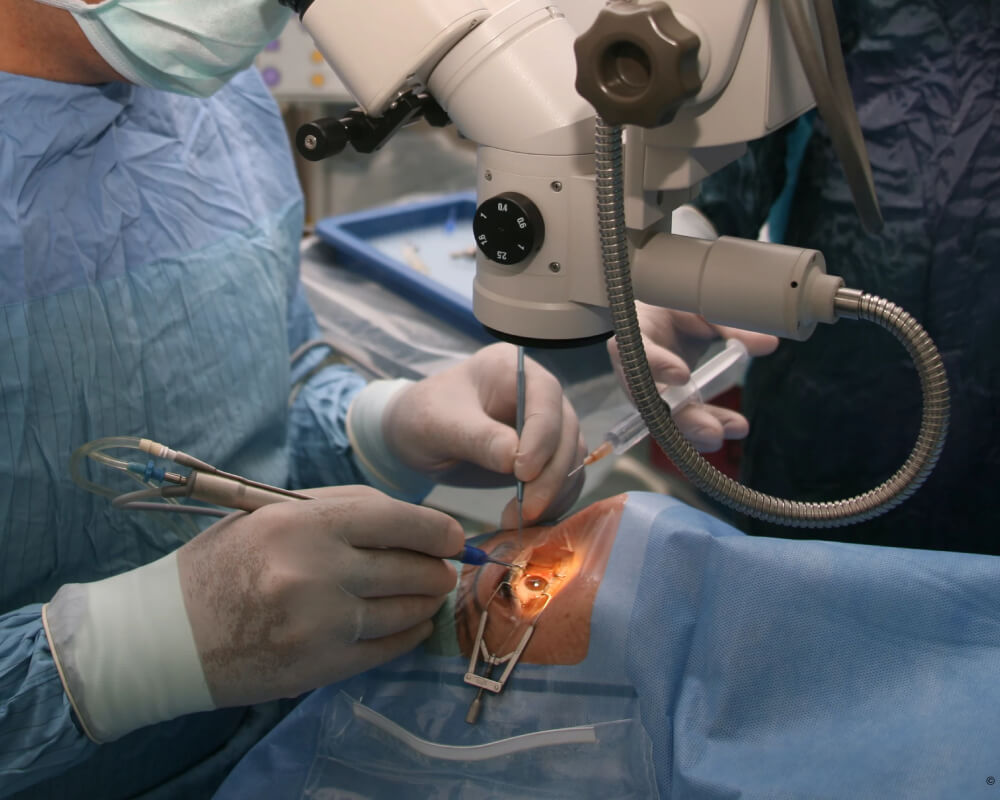WHAT IS PTERYGIUM, AND HOW IS IT CAUSED?
Pterygium is the non-cancerous development of the conjunctiva, and its uncontrolled growth can cover the ocular surface beyond the cornea. A pterygium is a raised triangular thickening that extends over the eye’s surface because of excessive conjunctival development.
This condition arises in people working outdoors that are being exposed to sand, wind, dust, and sunlight. The actual cause of Pterygium is still unknown. However, it is assumed to be caused by exposure to UV radiation. It can be triggered or aggravated in specific climatic conditions.

RISK FACTORS OF PTERYGIUM
The main risk factor for Pterygium is exposure to UV rays. You can reduce the risk of Pterygium by simply protecting your eyes from sunshine and other dust particles. Limiting your exposure to the following can reduce the growth of an existing pterygium.
- Sunlight
- Smoke
- Pollen
- Dust
- Wind
SYMPTOMS
Pterygium symptoms might be minimal to nonexistent. However, some common symptoms one can experience are eye irritation, redness, and blurred vision.
A pterygium might obstruct your vision if it grows to cover your cornea. If your pterygium is thick or broad, you might experience the sensation of having something alien in your eye due to discomfort. It might also refrain you from wearing contact lenses for too long.
TREATMENT OF PTERYGIUM
In most cases, a pterygium doesn’t need to be treated unless it’s obstructing your vision or causing excruciating pain. To determine whether the growth is causing vision issues, your eye doctor may wish to perform periodic eye exams.
There are two ways your ophthalmologist can prescribe you the treatment. They are as follows:
1- MEDICINE
Use corticosteroid-containing eye drops or ointments if the pterygium is significantly irritating or reddening your eyes.
2- SURGERY
If the eye drops or ointment doesn’t provide any relief, then it is recommended to undergo Pterygium surgery. This procedure removes the lesion from the eye’s surface and replaces it with a conjunctival autograft. The area where the pterygium was removed is filled with a small piece of skin cut from beneath the eyelid. It takes around 30-40 minutes to finish the process.
FACILITIES AT DEVANSH EYE CLINIC
At Devansh Eye Clinic, you can expect hassle-free and smooth surgery with advanced techniques. We have one of the best teams of doctors with years of experience treating Pterygium.
We use our personalized approach to recommend the safest and most comfortable procedure to our patients after extensive research on the type and history of the diagnosis. We are well equipped with international standard technologies and methods. We do not use sutures in this procedure and leave it with less chance of recurrence.
We understand our patient’s state of mind before the surgery, which is why we offer the best care before and afterwards. A pre-pterygium workup is done to ensure a trouble-free process. We take absolute pride in providing a painless, dressing-free operation without using injections and bandages.
Devansh eye clinic has been healing people from Pterygium and other eye disorders for over 16+ years. We are on a mission to provide international-level treatment to our patients at affordable prices, improving their visions and changing their lives.